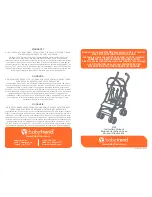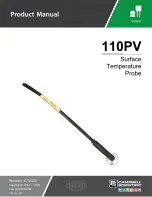
- 10 -
Noise
Reducing Noise and Interference
Unlike conventional noise blankers, the
NCC-1
is designed to reduce noise or interference before it
gets to the receiver. The
NCC-1
can be effective on all types of noise, including interference
(QRM) from unwanted signals. The
NCC-1
allows the user to continuously adjust both phase and
amplitude when combining two antenna inputs. The signal output to the receiver is the addition or
subtraction of signals from two separate antennas. Unwanted directional noise can be removed or
unwanted signals can be cancelled. Desired signals can be peaked or enhanced.
Unlike conventional noise blankers, the phasing method of signal enhancement or rejection has
several advantages.
Interference much stronger than a desired signal can be completely removed without affecting
the signal.
The
NCC-1
can be effective with all types of interference and all modes.
Signals can be peaked instead of nulled with a flip of a switch.
Note:
Failure to follow guidelines outlined in sections below will often result
in reduced nulls or reduced enhancement of distant signals
Understanding Noise
Noise limits our ability to hear a weak signal on the lower bands. Noise is often an accumulation of
many unwanted signals. Noise from antennas is generally a mixture of local ground wave and
ionosphere propagated noise sources, although many locations suffer with dominant local noise
sources.
Noise is generated by randomly polarized sources. Noise polarization is filtered depending on the
method of propagation:
Noise arriving via the ionosphere
is randomly polarized. Noise arrives at whatever
polarization the ionosphere favors at the moment. Noise has the same ratio of electric to
magnetic fields as a "good" signal.
Sources within a few wavelengths of the antenna arrive randomly polarized. The noise does
not have a dominant polarization and it can either be electric or magnetic field dominant.
Local noise can also be random or directional in nature. Every effort must be made to locate
sources of noise that could be eliminated at the source. Dimmer switches, electric timers,
security lights, and many other items can be sources of unwanted noise. Plasma televisions
are becoming more popular and are a known generator of unwanted noise interference.











































